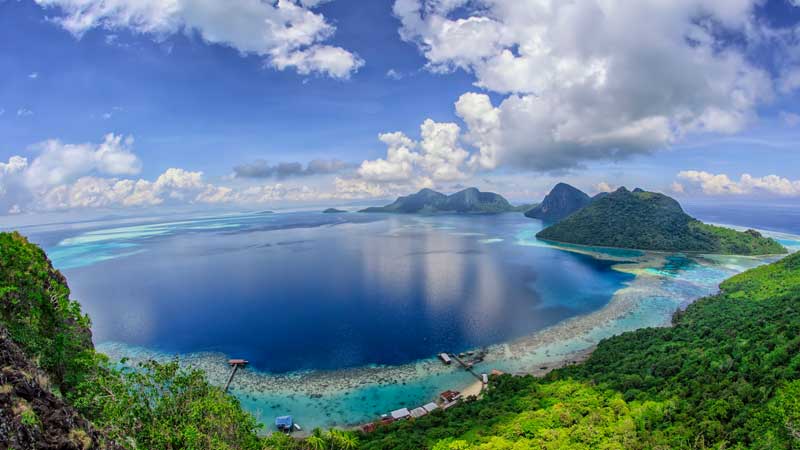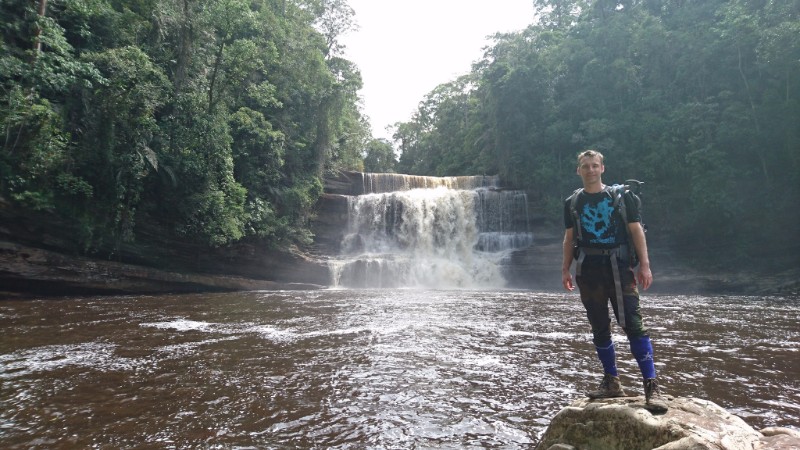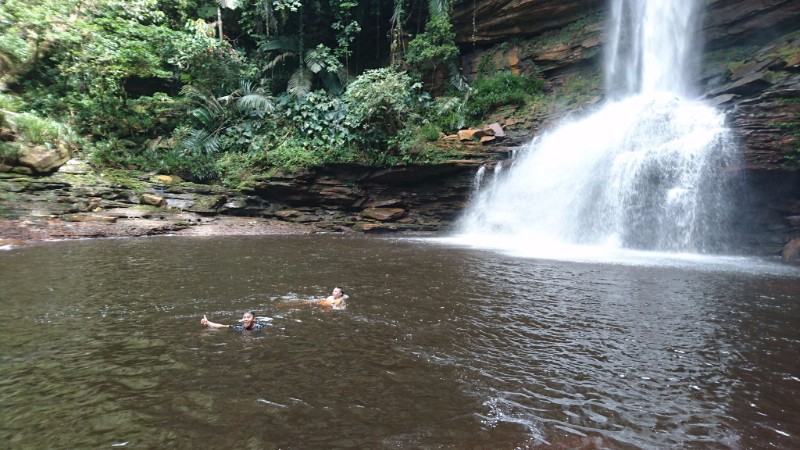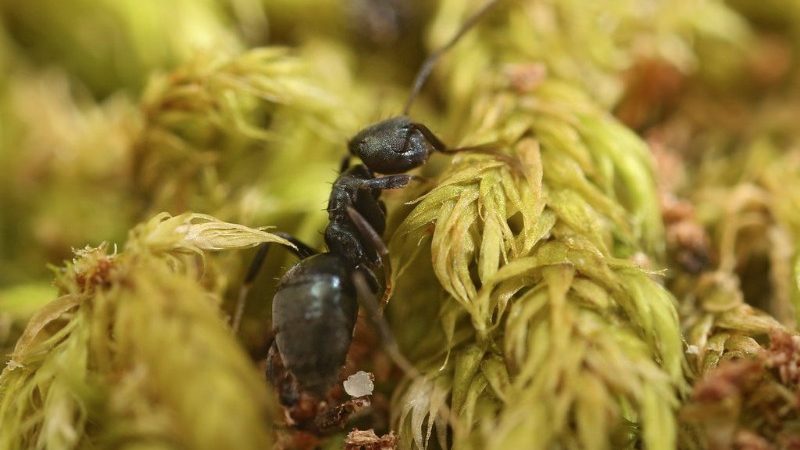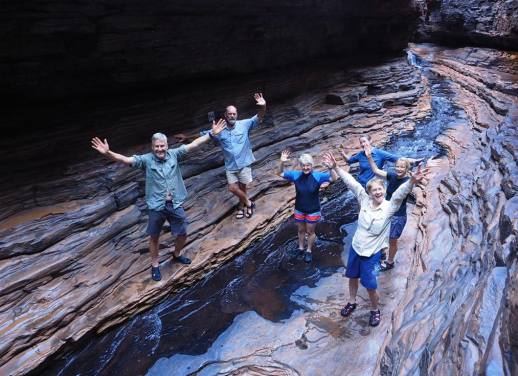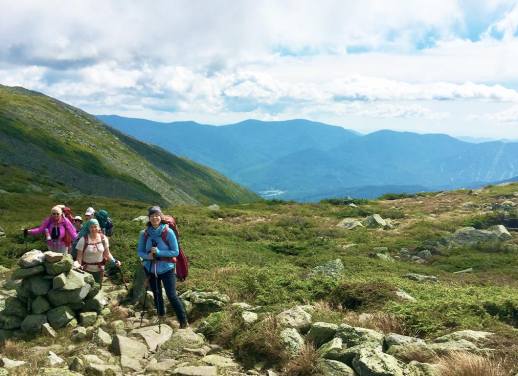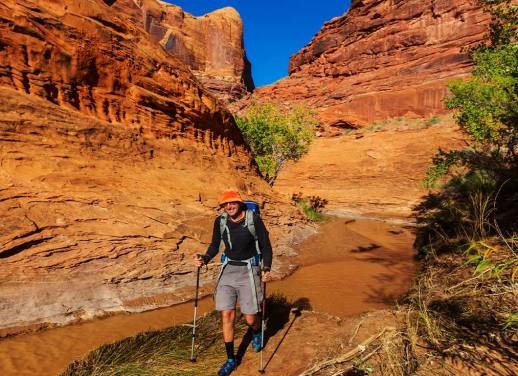The Maliau basin is possibly one of Sabah’s best-kept secrets. Discovered in 1947 by a British pilot flying a light aircraft from Kota Kinabalu to the east coast (he very nearly crashed his plane into the side of it), the basin is around 590 square kilometres, and ringed by formidable natural barriers. Located deep in Sabah’s interior in Malaysian Borneo and only accessible from its lower southern rims, the Maliau basin conjures up images of a mysterious hidden El Dorado or Shangri La. The area is a series of pristine self-contained ecosystems untouched by man and isolated for millions of years.
In 1976, a forest botany group made the first attempt to enter the basin, but had to turn back when they were unable to scale the steep northern cliffs. In 1978 another team attempted to enter from the West but had to turn back due to the threat of malaria. It wasn’t until 1982 that an expedition into the basin by helicopter was successful. Researchers discovered a Pandora’s Box of biodiversity: eight-metre-long pythons, bearded pigs and leaf monkeys, along with a plethora of insects and flora. To date, only around half of the basin has been explored.
Recently I was invited to join a group of lecturers and students from the University of Malaysia Sabah to join a four day trek into the basin. I jumped at the chance.
It’s about a six-hour drive from the state capital of Kota Kinabalu to the Maliau basin gate. From here, we take a 4WD for another 30 minutes until we reach the Study Centre, just below the rim of the basin. The sprawling centre has been set up to study and document the region and contains a hostel and kitchen, laboratory, small lecture theatre and visitor gallery with a 3D model of the basin, which provides a sense of scale of what we’ll be heading into tomorrow. We meet our guides and porters for a briefing.
The next morning we are transported by 4WD to the Agathis camp. Recently destroyed by a marauding group of Pygmy elephants, the camp is no longer used for accommodation but as a starting point for treks into the basin. Today we will be hiking up the Southern rim; it’s a grueling trek of around five hours through the lower montane forest.
The morning is misty as we climb past enormous Dipterocarp trees, the distinctive ‘waa waa’ call of a gibbon echoing around us; their calls can be heard for over two kilometres, and lets other gibbons know that the territory is occupied.
To date, more than 80 mammals have been recorded in the basin and buffer zones including the orangutan and Proboscis monkey. The basin could be a last refuge for the shy and solitary Sumatran Rhinoceros, which is thought to be extinct in the wild in Sabah. Although it’s never been sighted, footprints, dung and wallow holes found during a 1988 expedition suggest that there may be a small population here. The basin is also home to the banteng, an enormous wild buffalo that lives in herds of up to 20, and is extinct in Peninsular Malaysia and Sarawak.
After a five-hour slog uphill, we arrive at the Camel Trophy camp. We have a quick lunch of rice and sardines, then leave our heavy packs and set off to Takob Akob waterfall, a further two hours away. All rivers and streams in the basin run into the Maliau River; over thousands of years, the waterways have cut deep gorges through the basin, resulting in some of the most spectacular waterfalls in Malaysia. Takob Akob waterfall drops from cliffs around 38 metres high into an idyllic pool, surrounded by lush ferns and orchids – nature has a way of perfecting things that no landscape designer can match. It’s not long before everyone has plunged into the water to cool off after a hard day of trekking.
The following morning, we’re up at 5am to prepare for our biggest day of trekking to the mighty Maliau Falls. Before we go, I can’t resist climbing up to an observation platform behind the camp at the top of a huge Agathis tree. At 33 metres above the ground, the view across the canopy is sublime.
We continue our trek through the cloud forest; the trees here are smaller, resulting in more daylight hitting the ground and an abundance of mosses and pitcher plants. My fellow trekkers did not believe me when I suggested that they were called pitcher plants because people loved taking pictures of them. There are at least six species of pitcher plants that have been discovered in the basin; because the nutrients in the earth in Sabah is so poor, plants have evolved ingenious ways of getting additional sustenance, such as trapping small insects. Some plants have even developed symbiotic relationships with insects, such as the ant plant, which contains several chambers for ants to nest, while the plant feeds off the waste product.
After several hours we reach a junction, then continue on to a view-point called Lobah Hill before descending very steeply into Maliau Gorge; a series of ladders and ropes have been installed to help trekkers descend. Due to the steepness of the terrain there have been landslips and trees have been toppled, adding to the obstacle course. We have to crawl under and over trunks and slide down slippery clay banks.
We hear the thundering falls well before we see them; it’s an uplifting moment as we emerge from the forest – blinking into the sunlight, covered in mud, sweat and the odd leech – to the thunderous applause of the Maliau river as it cascades over seven tiered steps.
After a late lunch, some swimming time in the river and many selfies, we reluctantly prepare for the steep climb out of the gorge, and the seven-kilometre trek to the Ginseng camp. We’re about one kilometre away from the camp when a loud high-pitched wailing sound reverberates through the trees around us – cicadas. Sabah is home to the largest Cicada in the world (the Pomponia, with a wingspan of up to 20 centimetres). They are so loud that they can cause permanent hearing loss to humans if they were to sing just outside your ear. One of our fellow trekkers told me that the cicada’s call indicated the change between day and night, so we don our head-torches as we trek into Ginseng camp for our final night inside the basin.
On our last day, we head down to the Ginseng falls – it’s a sunny morning and a rainbow is visible in the spray – then continue on along a ridge, and up and over undulating hills though lower montane forest.
The quiet of the afternoon is shattered by a rumbling thunder that rolls through the basin. We had been lucky so far as it had only rained at night but it appeared that our luck had run out. The wind picked up and debris started falling from the trees. But when the rain finally comes, it is light and doesn’t really penetrate the canopy of huge Dipertocarp trees.
We finally trek back into Agathis camp, after 43 kilometres of blood (thanks to the many leeches) and sweat, but thankfully no tears. The basin is not for the faint hearted, and she does not give up her secrets easily – they have to be earned. This is what makes the place so unique – it’s a last bastion of wilderness, a veritable Garden of Eden. An expedition into the basin takes planning and visitor numbers are restricted. The physical toughness of the terrain ensures the basin remains the domain of a relatively small number of adventurers and keeps mass tourism at bay.
Intrepid Travel’s local office in Sabah can arrange trips out to the Maliau Basin; please contact the special groups department for enquiries.
Feature image c/o Memang Rezalis Ent, Flicker

